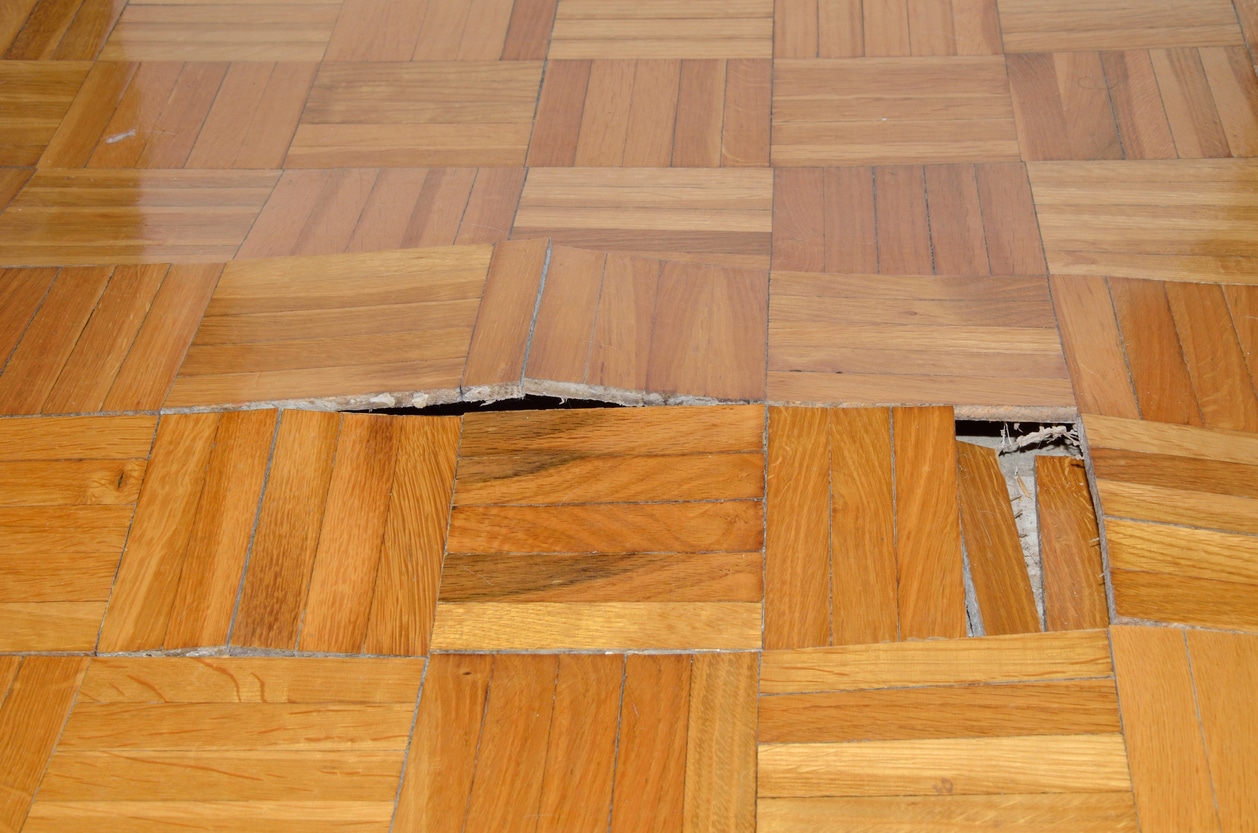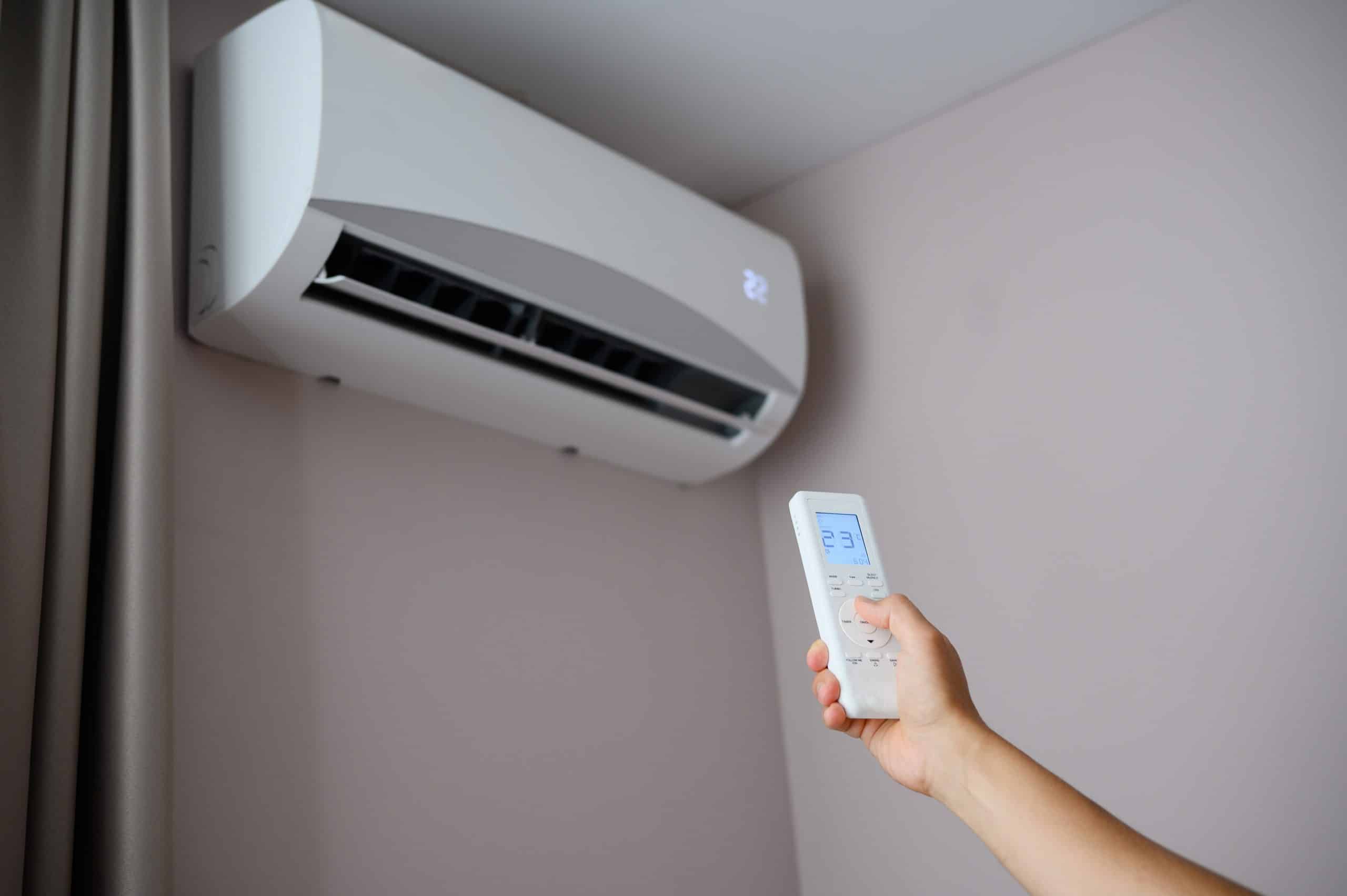Fact: Properly restored floors and furniture recover up to 90% of their original beauty and…

How Expensive is it to Restore Damaged Hardwood Flooring from Water?
Dealing with water damage to wood flooring is not just an inconvenience—it can also be a significant financial burden. Water damage can stem from various sources: burst pipes, flooding, appliance leaks, or simple accidents. Regardless of the cause, the key to mitigating costs lies in swift action. The extent and cost of the restoration process depend on several factors, including the type of wood, the severity of the damage, and the speed of the response.
Recognizing the Severity of a Water Damaged Wood Floor
The first step in addressing water-damaged wood flooring is assessing the severity of the damage. This involves determining how much water has infiltrated the wood and how long it has been exposed. The extent of the damage can range from minor surface staining to major structural weakening of the flooring.
- Surface Staining: Easier to treat, involving drying and perhaps sanding and resealing.
- Cupping or Warping: Occurs when wood absorbs water and expands, potentially reversible with professional help.
- Structural Damage: The most severe, often requiring replacement of the affected sections or entire floor.
Immediate Actions to Reduce Hardwood Floor Restoration Costs
Acting quickly can drastically reduce the restoration costs. Here’s what you need to do immediately after discovering water damage:
- Remove Water: Use vacuums or pumps to remove standing water.
- Dry the Area: Employ dehumidifiers and fans to speed up the drying process.
- Assess Damage: Have a professional evaluate the extent of the damage early.
These initial steps are crucial in preventing further damage such as mold growth, which can complicate the restoration process and increase costs.
Restoration Options for Wood Floors
When hardwood floors encounter water damage, swift and strategic action becomes imperative to mitigate further harm and preserve the integrity of the wood. Whether from burst pipes, flooding, or accidental spills, excess moisture can infiltrate wood floors, leading to a spectrum of issues ranging from mildew growth to structural damage.
Restoration options for water damaged wood floors encompass a range of strategies tailored to the extent of the damage, from minor repairs involving sanding and refinishing to more extensive measures such as board replacement or total flooring overhaul.
Understanding these options is crucial for homeowners and property managers alike, as prompt and appropriate intervention can not only salvage the wood but also minimize costs and potential long-term repercussions.
Minor Repairs
For minor water damage, the cost can be relatively low if dealt with promptly. Simple sanding and refinishing might be sufficient to restore the floor’s appearance. Typically, this can cost between $3 to $7 per square foot.
Major Repairs
More significant damage like warping or cupping might require that the affected boards be removed and replaced. The costs here can vary greatly depending on the wood type and availability. On average, you might expect to pay $8 to $30 per square foot for full replacement, including materials and labor.
Total Replacement
In cases where the water damage is extensive, replacing the entire flooring might be the only option. This is particularly true where structural integrity is compromised. Total replacement costs depend heavily on the type of wood and the size of the area. This can run anywhere from $5,000 to $15,000 or more.
Hidden Costs of Water Damage
Beyond the immediate restoration costs, there are other potential expenses to consider:
- Mold Remediation: If moisture lingers, mold can develop, leading to health issues and additional removal costs.
- Foundation Issues: Water can seep deeper and affect the structural foundation of your home, leading to very high repair bills.
- Insurance Premiums: Frequent claims can drive up your home insurance premiums.
Is It Covered by Insurance?
Understanding your insurance coverage is crucial. While standard homeowner’s policies generally cover sudden and accidental water damage (like from a burst pipe), they may not cover damage due to ongoing neglect (like a slow leak that was ignored) or flood damage, which typically requires separate flood insurance.
Prevention: A Key to Lower Costs
Preventive measures can help avoid or reduce future water damage. Regular inspections of pipes, appliances, and the roof can help catch issues before they lead to damage. Installing water detection sensors and maintaining good home humidity levels can also be effective strategies.
Navigating Water-Damaged Wood Flooring Restoration: Costs, Response Strategies, and Preventive Measures
Restoring water-damaged wood flooring can be costly, but the exact expenses depend on the damage severity, response time, and your chosen restoration methods. Acting swiftly and wisely by choosing competent professionals can mitigate these costs significantly. Equally, integrating preventive measures and understanding your insurance coverage can help manage potential future incidents more effectively, protecting both your home and your wallet.



